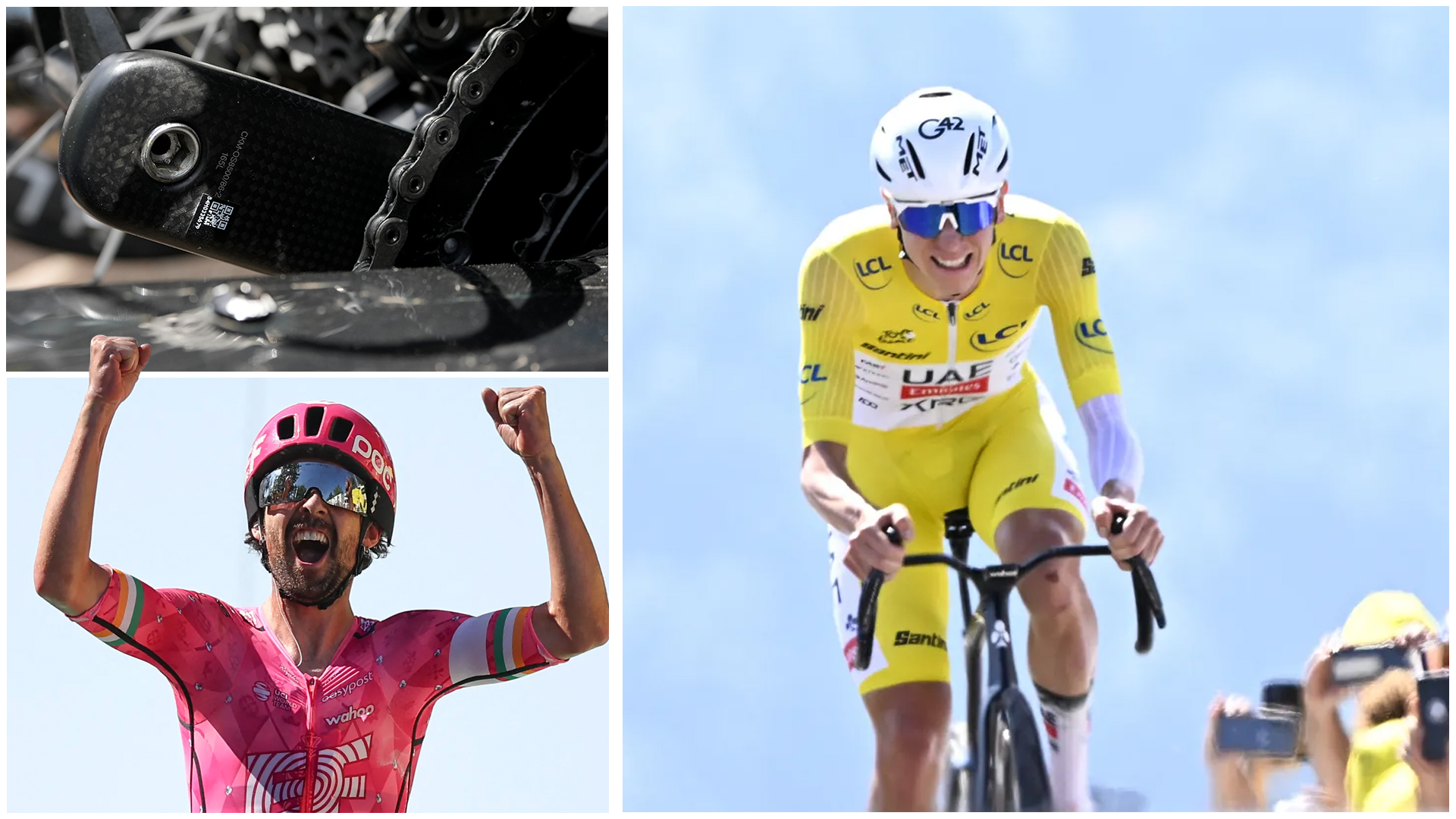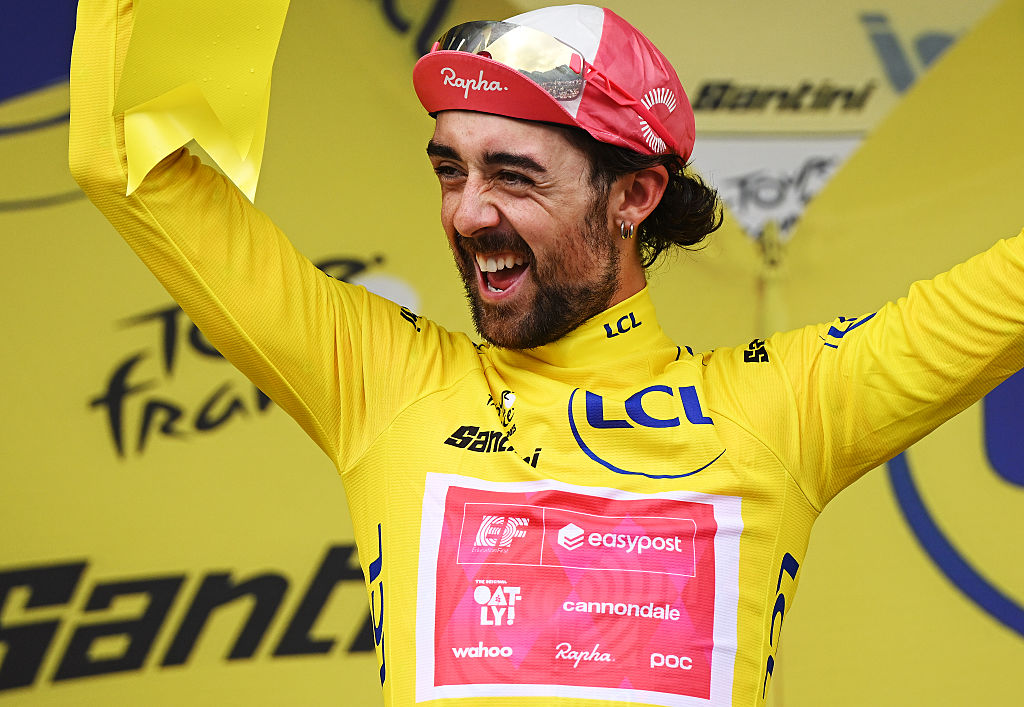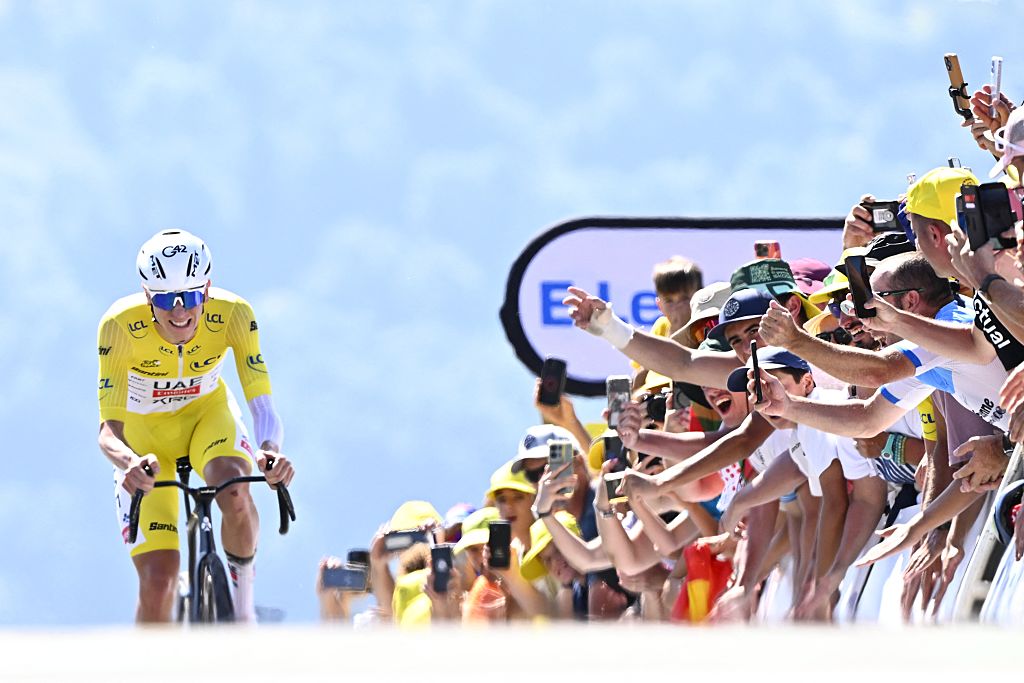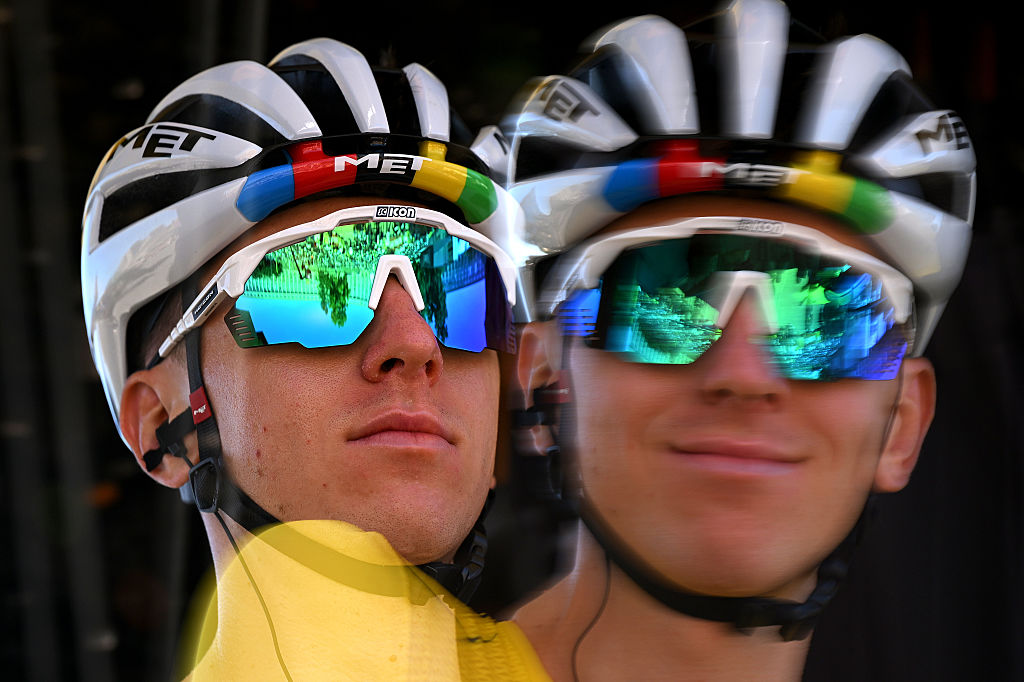T4K3.news
Tech trends emerge from the 2025 Tour de France
Aerodynamics and lightweight designs dominate performance strategies in this year's competition.

The 2025 Tour de France showcased several notable technology trends affecting performance.
Tech advancements influence the 2025 Tour de France
The 2025 Tour de France witnessed a strong emphasis on aerodynamics and lightweight design, significantly influenced by technological advancements in cycling. Teams focused on refining bike weights to comply with the UCI's minimum requirement of 6.8 kg while prioritizing aerodynamic efficiency. Tadej Pogačar’s use of an ultra-light Colnago Y1Rs and Ben O'Connor's modified Giant Propel Advanced SL exemplified this trend. Various teams, including EF Education-EasyPost and Visma–Lease a Bike, adopted innovative helmet designs and go-faster kit hacks. Additionally, stage 13 featured experimentation with bike setups, as riders sought to blend traditional and aero designs effectively. Despite the race’s strict regulations, teams displayed their commitment to optimizing performance.
Key Takeaways
"The spotlight on functional aerodynamics is key for teams."
A coach noted the shift in cycling strategy emphasizing aerodynamics over pure weight.
"We saw numerous kit hacks that helped gain a competitive edge."
A detail on how riders modified their gear for better performance.
"The blend of tradition and innovation marks a new season for cycling."
An expert's view indicating the future trends in professional cycling technology.
"Riders are looking for every possible way to optimize their performance."
This reflects the intense competition at elite levels of cycling.
This year's Tour de France highlights a growing trend where technology plays a crucial role in competitive cycling. The shift towards bikes that combine lightweight features with aerodynamic capabilities suggests a new era in cycling engineering. Pogačar's and O'Connor's race strategies demonstrated that small modifications can lead to significant advantages. As teams continue to embrace this technology-driven mindset, we can expect future races to be even more influenced by innovations in design and equipment efficiency.
Highlights
- This year's Tour melded innovation with tradition.
- Small tweaks can make all the difference in performance.
- Teams are thinking outside the box in bike design.
- Lightweight does not mean less aerodynamic anymore.
Potential backlash over technology reliance
As technology increasingly influences performance, there are concerns about fairness and accessibility in competitive cycling.
As the integration of technology and cycling continues to evolve, the next Tour could see even more surprising developments.
Enjoyed this? Let your friends know!
Related News

Udog launches new cycling shoes

Milan triumphs at Tour de France stage 17 while Pogacar faces criticism

Jonathan Milan wins chaotic stage 17 at Tour de France

Ben Healy leads Tour de France as team prepares for intense stages ahead

Belgian cyclist Wellens wins Tour de France stage 15

Tadej Pogačar wins stage 13 at Tour de France

Pogačar wins another Tour de France stage

Tadej Pogacar wins fourth Tour de France
